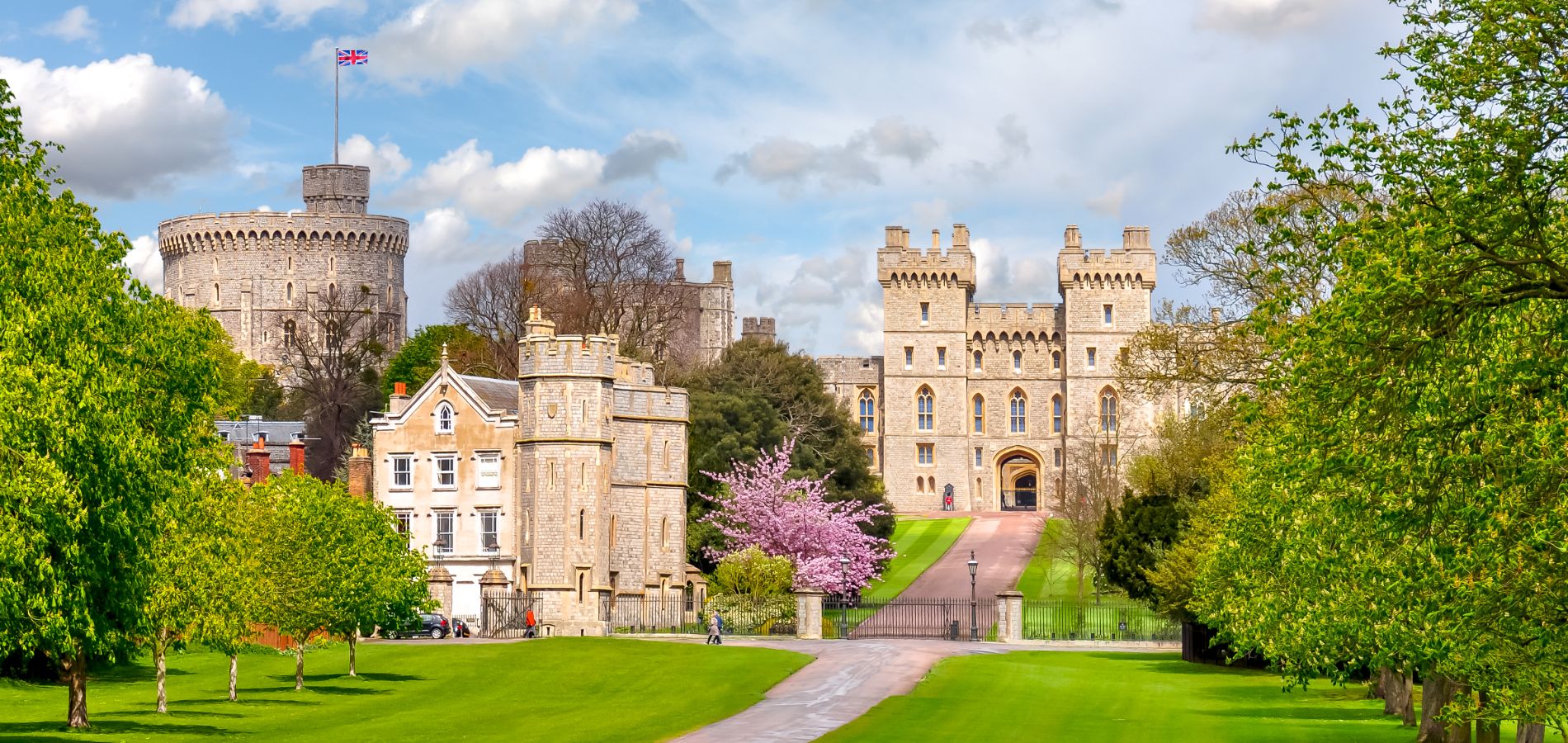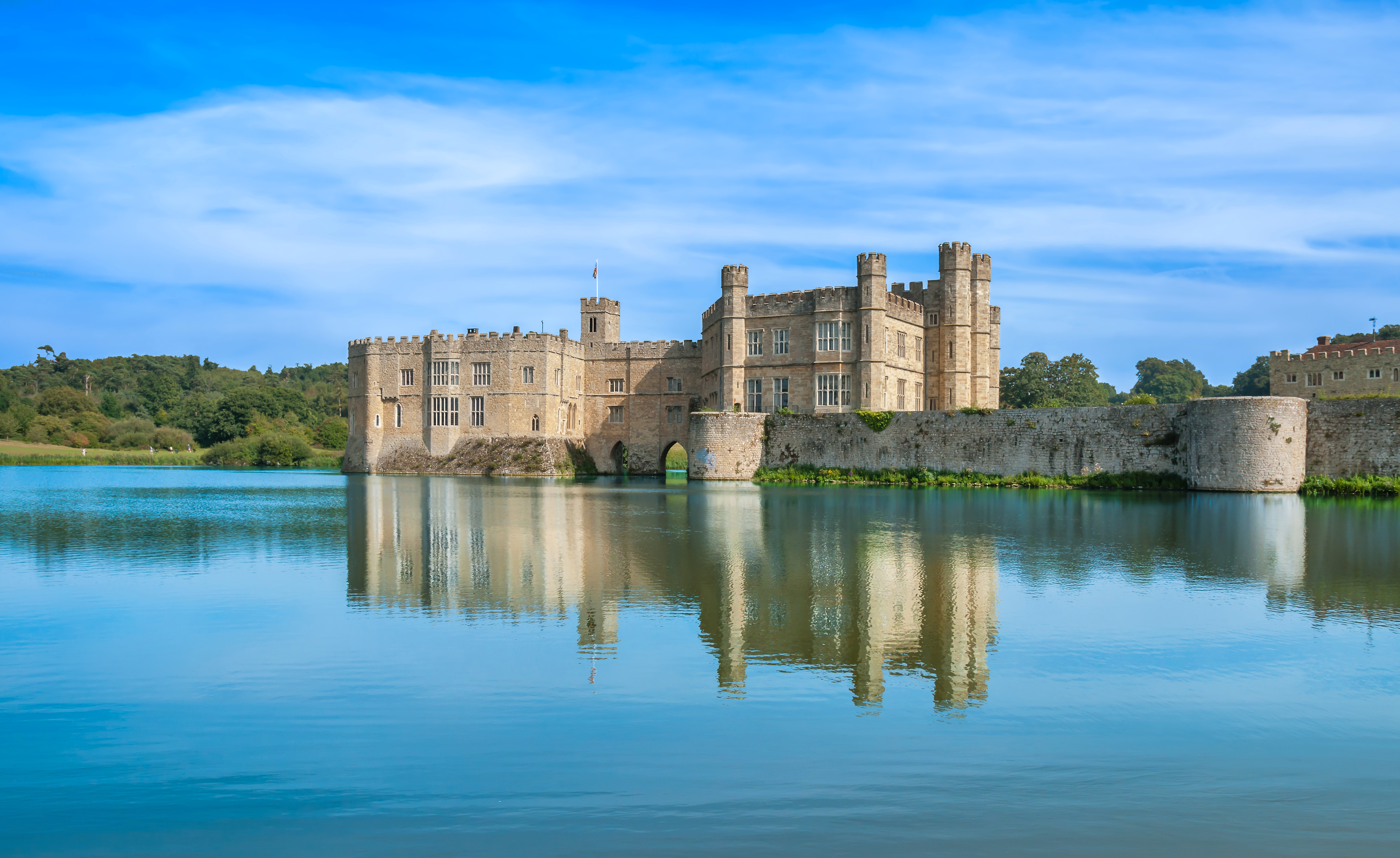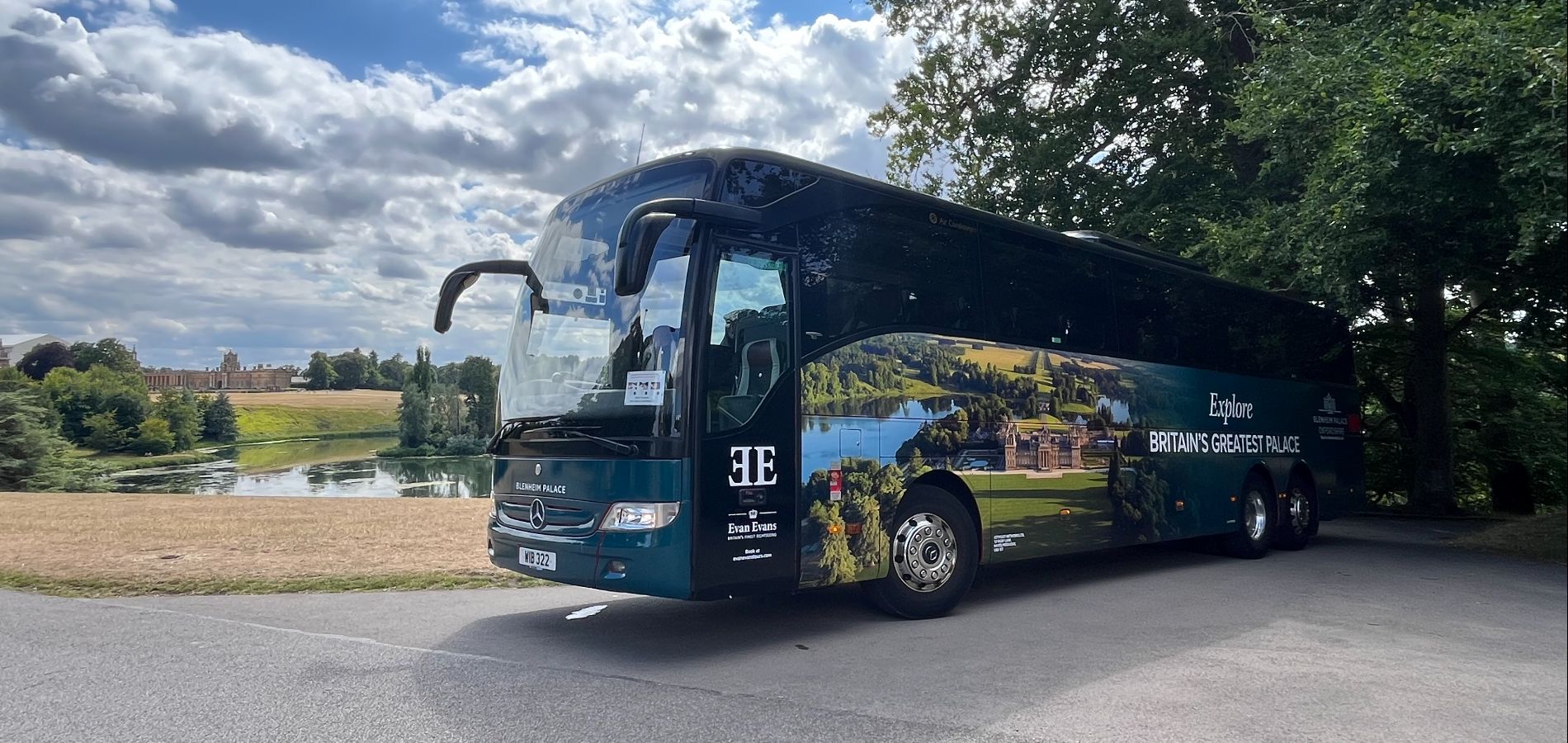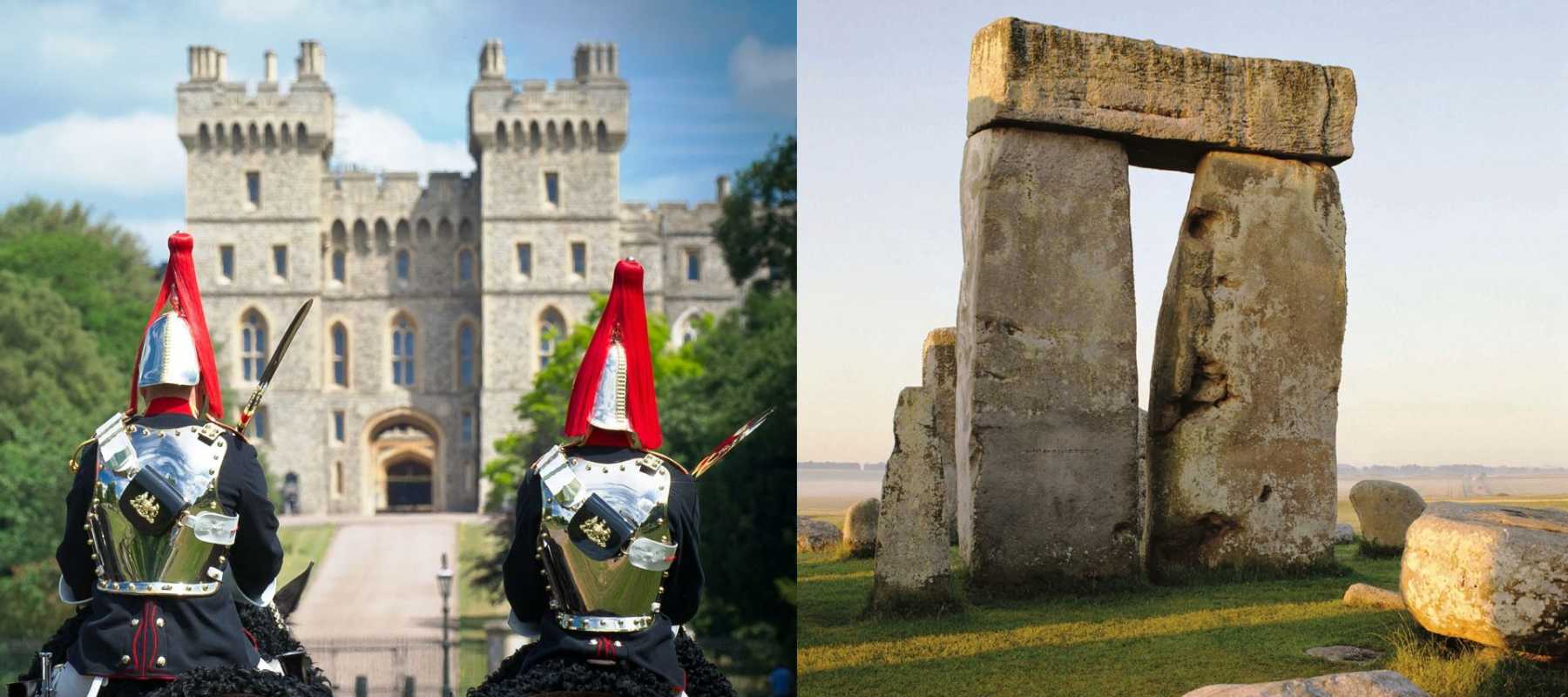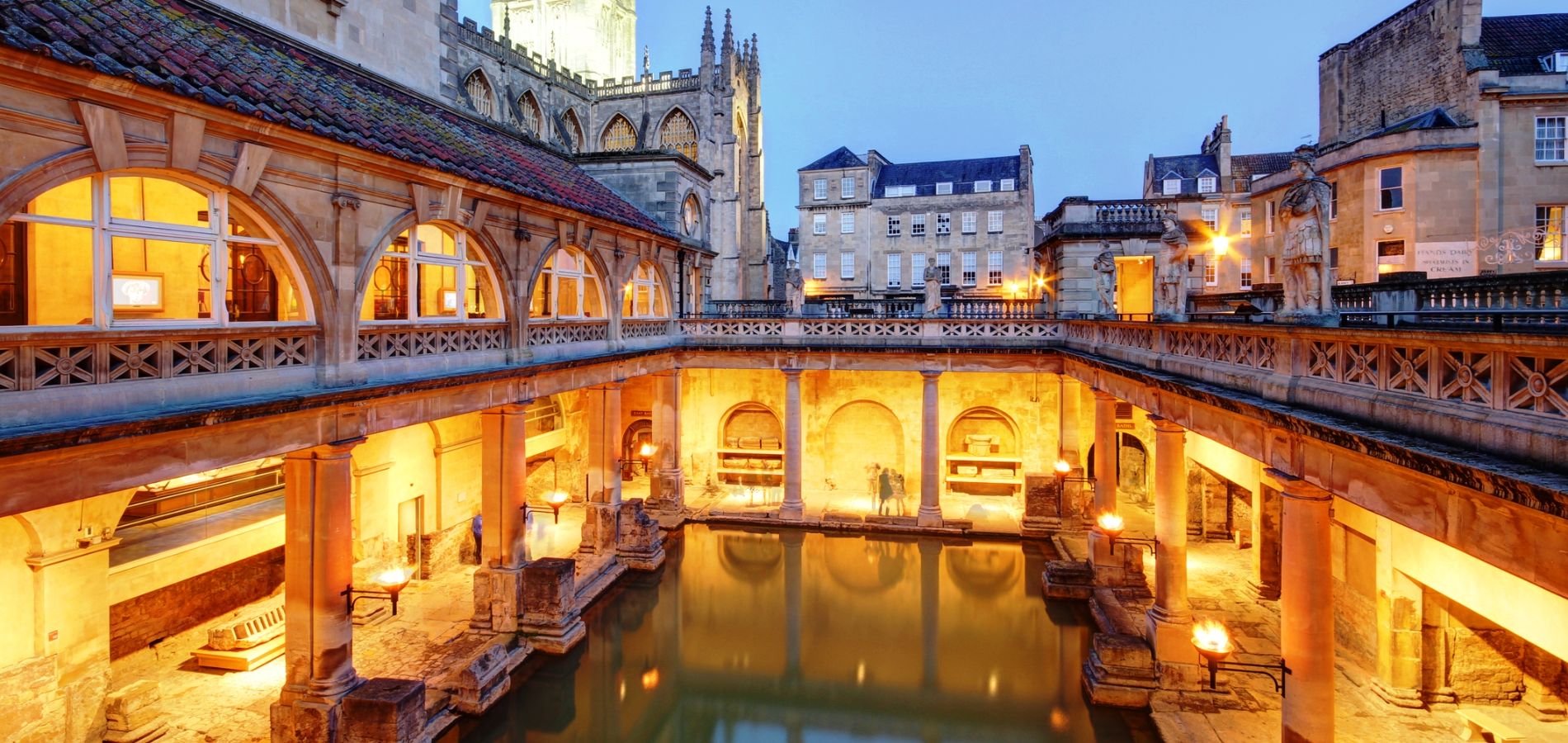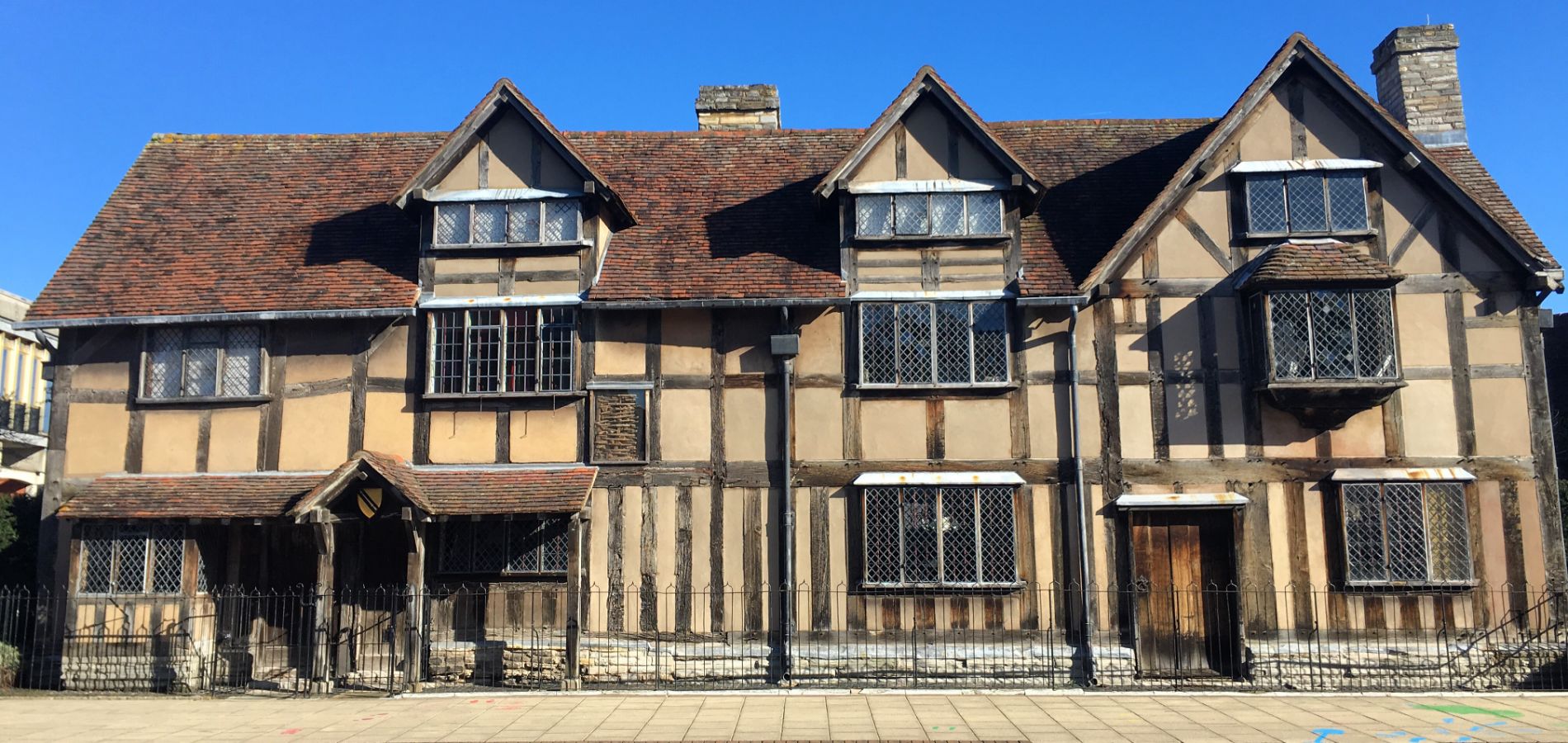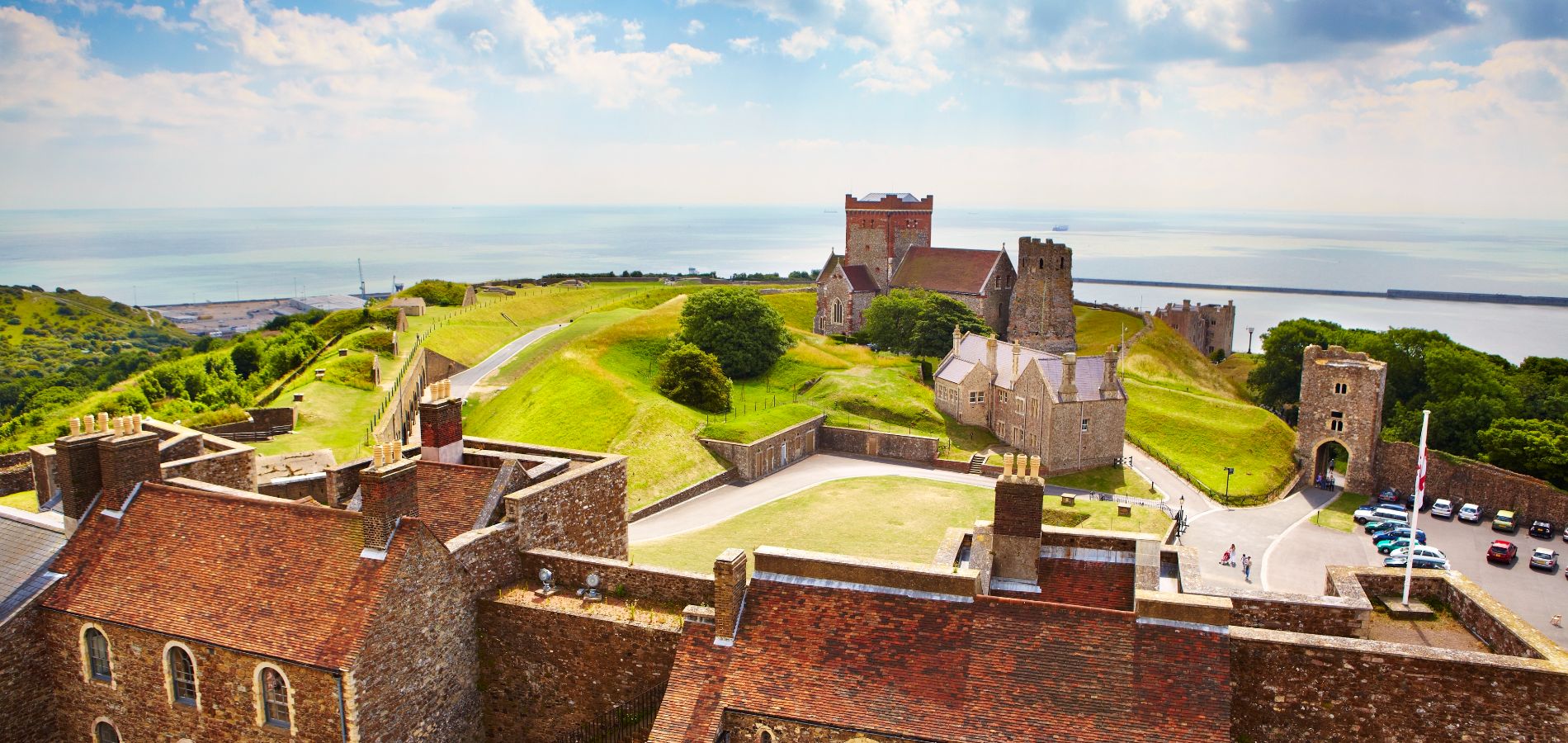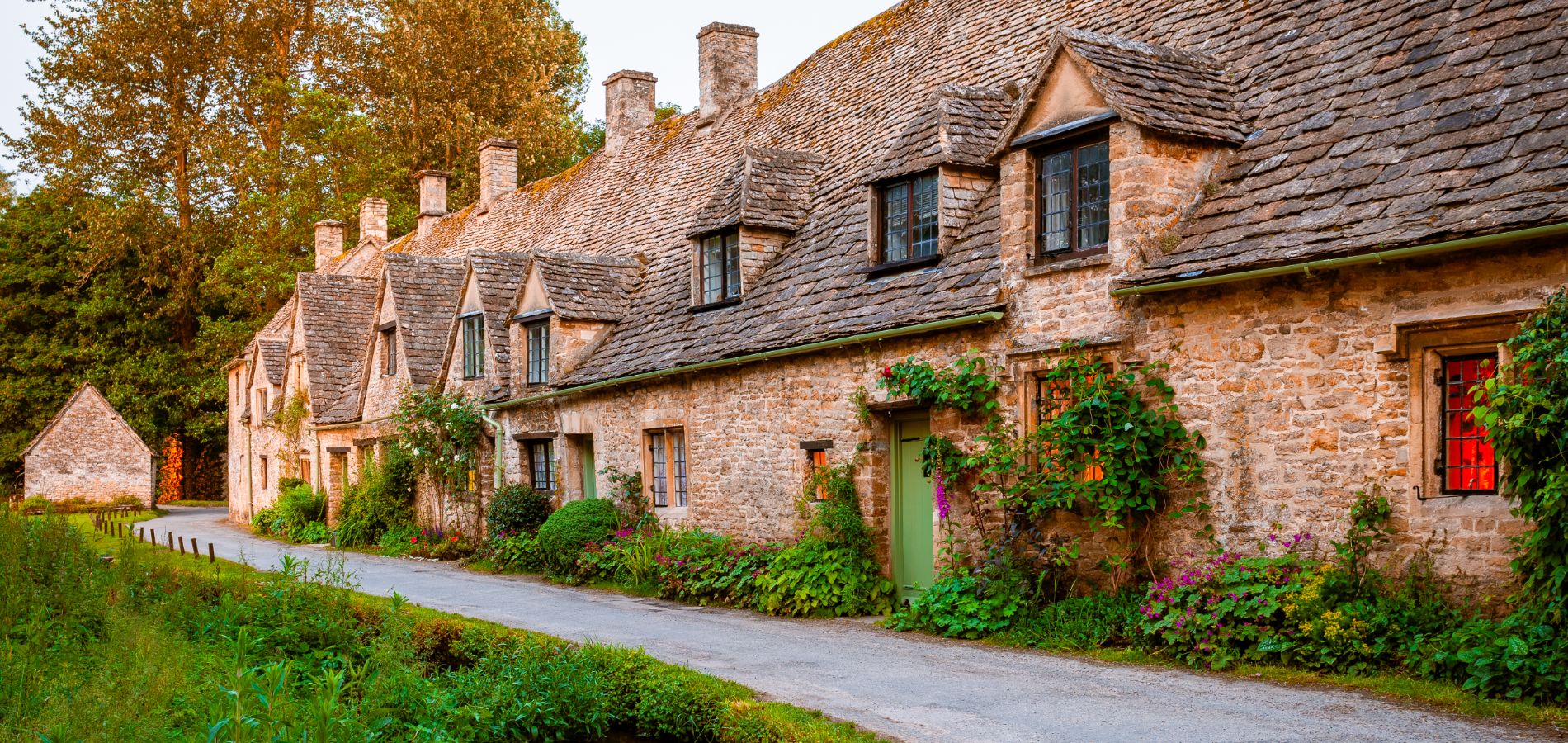Villages of The Cotswolds Small Group Tours
From £129.00
With its rustic rural charm, rolling hills, vibrant market towns and picture-perfect villages, the Cotswolds covers nearly 800 square miles of unspoilt countryside. Take a small group trip through its rolling hills, home to some of the most famous and historic towns and villages of England. An Area of Outstanding Natural Beauty, this range of hills in west-central England is packed with picturesque villages built of Cotswold stone, beautiful churches and vast manor houses.
View Tour
